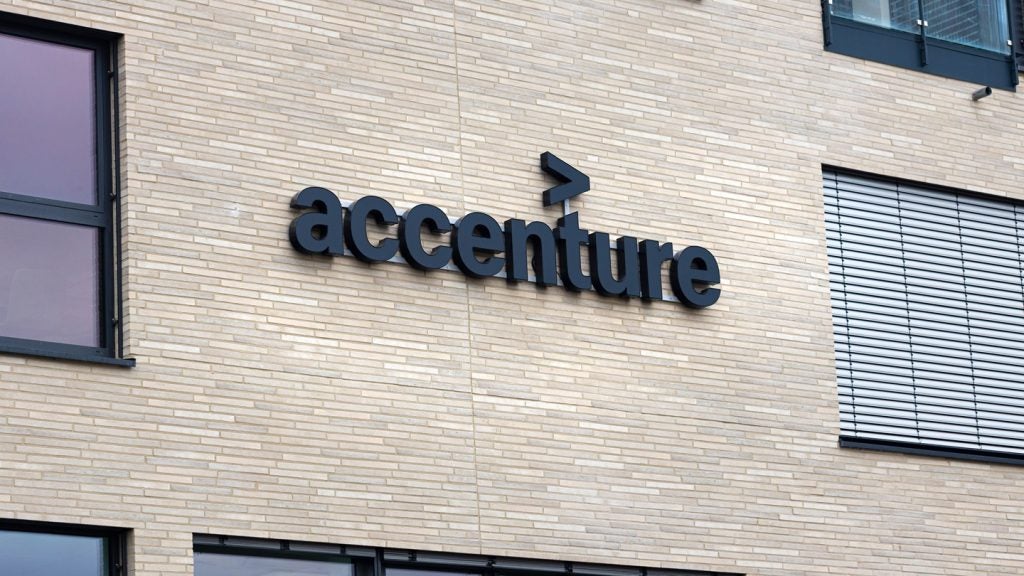In a world of accelerating climate disorder, preparation is no longer optional; it is a critical strategy for enduring success.
In 2024, global average temperatures were 1.5°C above pre-industrial levels for the first time. This has continued into 2025, with January 1.75°C above, making it the hottest on record, despite predicted cooling due to the La Niña weather pattern. This 1.5°C threshold was set in the Paris Climate Accords in an attempt to reduce the risks and impacts of climate change. When the accords were signed, it was estimated that the threshold would be broken in 2045.
Climate change timelines are forecast to accelerate
For the threshold to be truly broken, the increased temperature must be shown over many years. However, timelines are forecast to accelerate, meaning global temperatures are predicted to surpass the 1.5°C threshold sooner than expected.
The accelerated timeline exposes businesses to more frequent and severe weather events such as droughts, floods, and wildfires. Businesses that fail to anticipate these disruptions may face operational setbacks, supply chain failures, and financial losses.
Companies must prioritise climate adaptation and resilience strategies. US businesses are not exempt from this, despite less pressure to cut emissions and the country’s withdrawal from the Paris accords.
Risks are already evident
The risks to logistics, infrastructure, and global trade are already evident—low water levels in the Panama Canal have disrupted global shipping, California’s wildfires have repeatedly threatened industries and homes, and semiconductor manufacturing in Taiwan has suffered due to drought. These are not anomalies but warning signs of a world where climate-related disruptions will become the norm.

US Tariffs are shifting - will you react or anticipate?
Don’t let policy changes catch you off guard. Stay proactive with real-time data and expert analysis.
By GlobalDataIf global warming accelerates faster than anticipated, businesses should also prepare for sudden and sharp government interventions.
Delayed transition is increasingly likely
The Network for Greening the Financial System (NGFS), a coalition of central banks, has warned of a “Delayed Transition” scenario. This envisions a future where policymakers, after years of inaction, introduce abrupt and severe climate regulations marked by surges in carbon and energy prices. The result would be economic turbulence, with businesses forced to adapt under chaotic conditions whilst contending with the escalating physical impacts of climate change.
This scenario is becoming increasingly likely. As extreme weather events intensify and pressure mounts on governments to respond, businesses that have not integrated climate risk into their strategies will be exposed.
The need for climate change resilience is immediate
The transition to a low-carbon economy may still be uncertain in its timing, but the need for resilience is immediate. Companies that take proactive measures—assessing climate vulnerabilities, diversifying supply chains, and investing in sustainability—will be better positioned to navigate the physical and regulatory challenges ahead.









